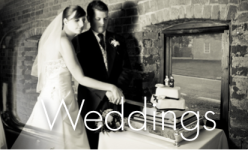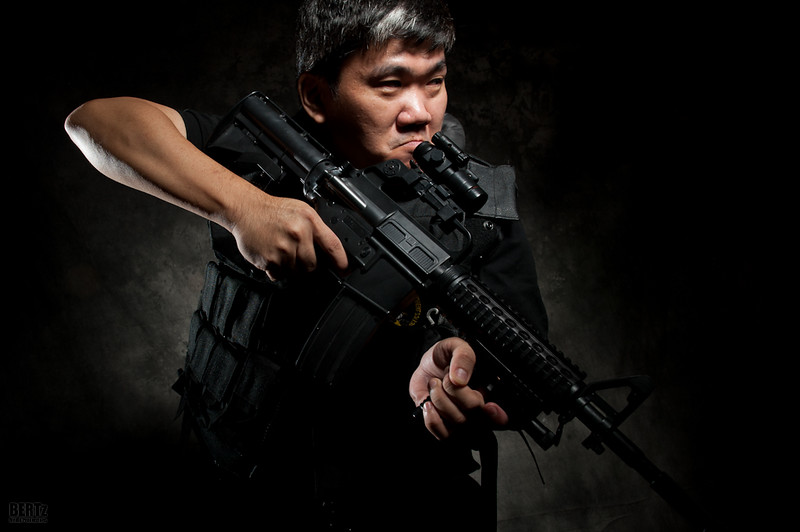Ben B
New member
I use a D700 for wedding photography, absolutely love this camera! But one thing doesn't seem to work as it should.
I love to mess around with remote flashes, using the D700's popup in commander mode as the master, and until recently a couple of SB-800 as the slaves. It seems it needs to be quite close to the camera though, as soon as I start going over 10 feet away it becomes unreliable.
I recently invested in an SB-910. Wow, what a flash! It fires without fail (The SB-800's are getting old, and only seem to fire one in every 4 times, even with brand-new batteries) I figured this would solve my remote flash issue, but even shooting from the D700 (just over a year old) to the SB-910 (brand new) the flash rarely fires.
Is the camera faulty? I've tried various combinations, using the SB-910 as a master to the SB-800, the SB-800 as a master to the Sb-910.
I really want to get this working, the results in winter weddings with a stand-mounted flash in lower light could be so good if I figured this problem out!
Anyone know of any known problems/solutions?
I love to mess around with remote flashes, using the D700's popup in commander mode as the master, and until recently a couple of SB-800 as the slaves. It seems it needs to be quite close to the camera though, as soon as I start going over 10 feet away it becomes unreliable.
I recently invested in an SB-910. Wow, what a flash! It fires without fail (The SB-800's are getting old, and only seem to fire one in every 4 times, even with brand-new batteries) I figured this would solve my remote flash issue, but even shooting from the D700 (just over a year old) to the SB-910 (brand new) the flash rarely fires.
Is the camera faulty? I've tried various combinations, using the SB-910 as a master to the SB-800, the SB-800 as a master to the Sb-910.
I really want to get this working, the results in winter weddings with a stand-mounted flash in lower light could be so good if I figured this problem out!
Anyone know of any known problems/solutions?


